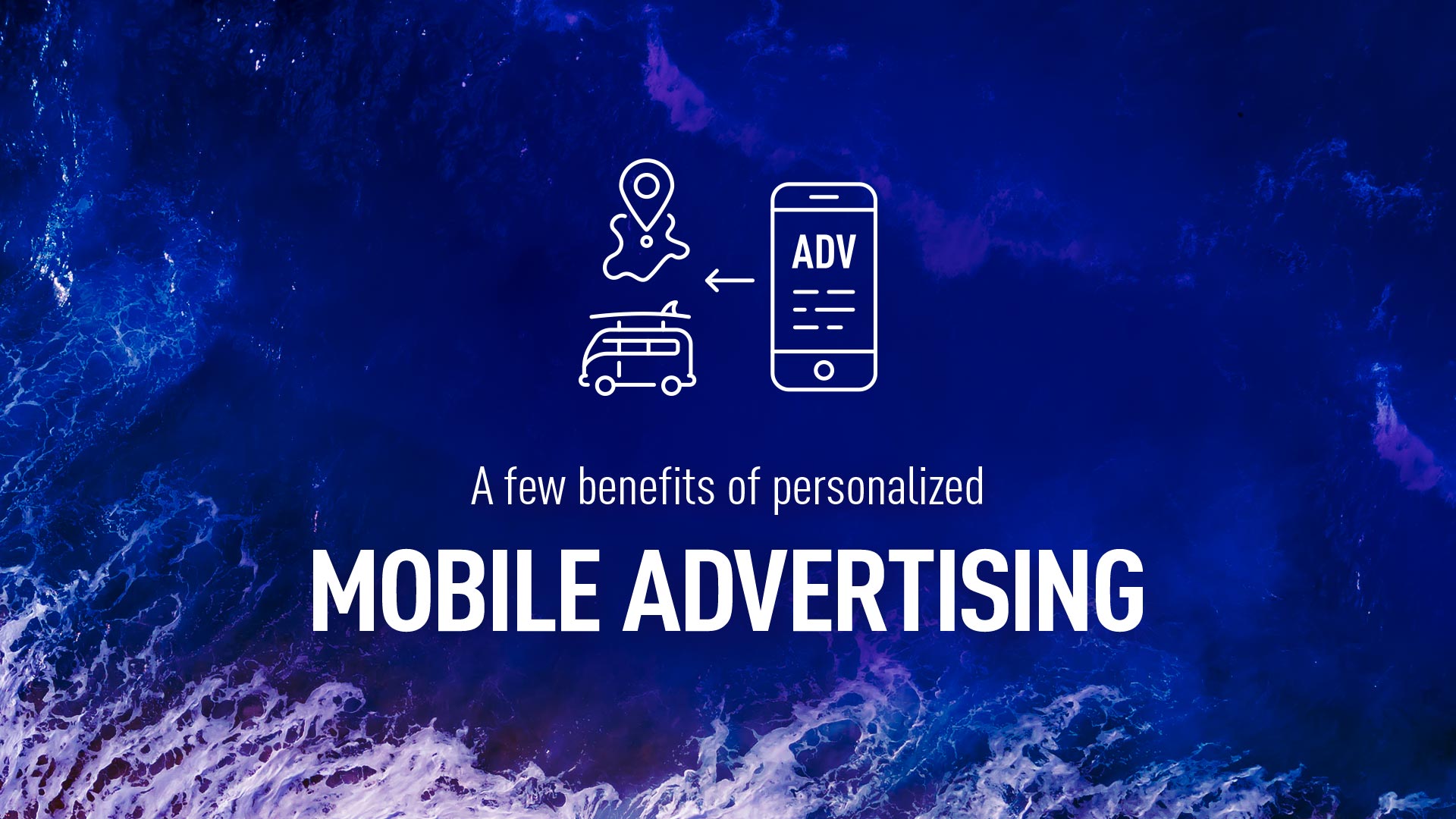
In the contemporary world, it's hard to envision a day in recent months without a smartphone in hand. While this might not be ideal for everyone, from the perspective of tailored advertisement, it proves to be more profitable than one might think. Recent reports highlight the substantial investment in mobile advertising, with United States marketers spending a staggering $30.9 billion on mobile advertising alone in 2018, constituting 63% of their total digital ad spend. The rapid growth of mobile device usage contributes significantly to these staggering figures. However, the benefits of mobile advertising extend beyond mere numbers.
Decoding the Dynamics of Mobile Advertising
Mobile advertising caters to individuals seemingly glued to their phone screens or mobile gadgets. This advertising technique manifests on smartphones, presenting various ad formats such as text-based ads, banner advertisements, videos, or even mobile games, all optimized to seamlessly fit into the user's phone screen.
When marketers delve into mobile advertising, they leverage traditional techniques and strategies to collect data. The constant updating of consumer profiles, coupled with data on demographics, habits, and preferences, is made possible through mobile devices. Mobile marketing, compared to other channels, boasts substantial advantages.
Revolutionizing Marketing Through In-App Engagement
The landscape of marketing within apps has transformed how campaigns are executed. The primary benefits of mobile advertising encompass increased customer engagement, cost-effectiveness, and the ability to deliver personalized messages to the target audience.
Diverse Types of Mobile Advertisements
1. Banner Ads: Historically, banners were among the initial forms of advertisement, both as standalone signs and on websites. Despite the evolution of interactive media, banners endure. Their simplicity, cost-effectiveness, and immediate message delivery make them a valuable asset.
2. Video Ads: Mobile users have developed a habit of watching videos on their devices. Video ads, when kept simple, creative, short, and stimulating, capitalize on this habit, offering higher impact compared to TV ads.
3. Native App-Based Advertising: Native ads seamlessly blend into apps, mimicking the app's original format. These ads are non-intrusive, as they are part of the mobile environment and cannot be blocked.
4. Interstitial Mobile Advertising: Interstitial ads, displayed on the entire screen, are triggered after playing a game or clicking through Instagram stories. While potentially intrusive, their full-screen canvas demands creativity and an engaging call to action.
5. SMS Marketing: SMS marketing serves as a direct communication method with customers. Quick, easy, and convenient, it allows businesses to send bulk messages to specific customer groups, with the added ability to track interactions.
6. Gamified Mobile Advertising: Gamified mobile advertising, often in video format, combines game-based mechanics with informative content. These engaging ads leverage gamification to encourage user interaction and data gathering.
The Allure of Mobile Advertising
Amidst the array of mobile advertisements, the common thread lies in their significant benefits:
1. Easy Access: With over 4.5 billion smartphone users globally, mobile phones dominate user attention. Marketers focus on mobile consumers due to the accessibility of phones, ensuring immediate visibility of ad campaigns.
2. Personalization: Smartphones provide real-time location data, enabling location-based marketing. Increased smartphone connectivity facilitates the collection of user preferences, purchase history, and location, allowing for precise ad personalization.
3. Immediate Engagement: Mobile ads reach customers at defining moments, fitting seamlessly into the context. Marketers can craft ads that inspire immediate engagement, capitalizing on opportune moments.
4. Creativity and Interactivity: Contests and games resonate with people, making gamification in mobile marketing creative and interactive. Mobile ads, often of higher quality with engaging visuals, bridge the gap between advertiser solutions and customer needs.
5. Cost-Effectiveness: The most crucial benefit for marketers is the cost-effectiveness of mobile advertising. Targeted ads reach specific audiences, eliminating the need for unnecessary marketing. Marketers can focus on creating impactful targeted campaigns and optimize spending based on measurable results.
The Future of Mobile Advertising
In a world where mobile devices reign supreme, mobile advertising emerges not just as a trend but as an integral strategy for businesses aiming to connect with their audience effectively. As technology evolves and consumer behaviors continue to shift, staying abreast of the latest trends in mobile advertising becomes imperative. The creative potential, coupled with the diverse formats and extensive benefits, positions mobile advertising as a cornerstone for marketers navigating the dynamic digital landscape.

